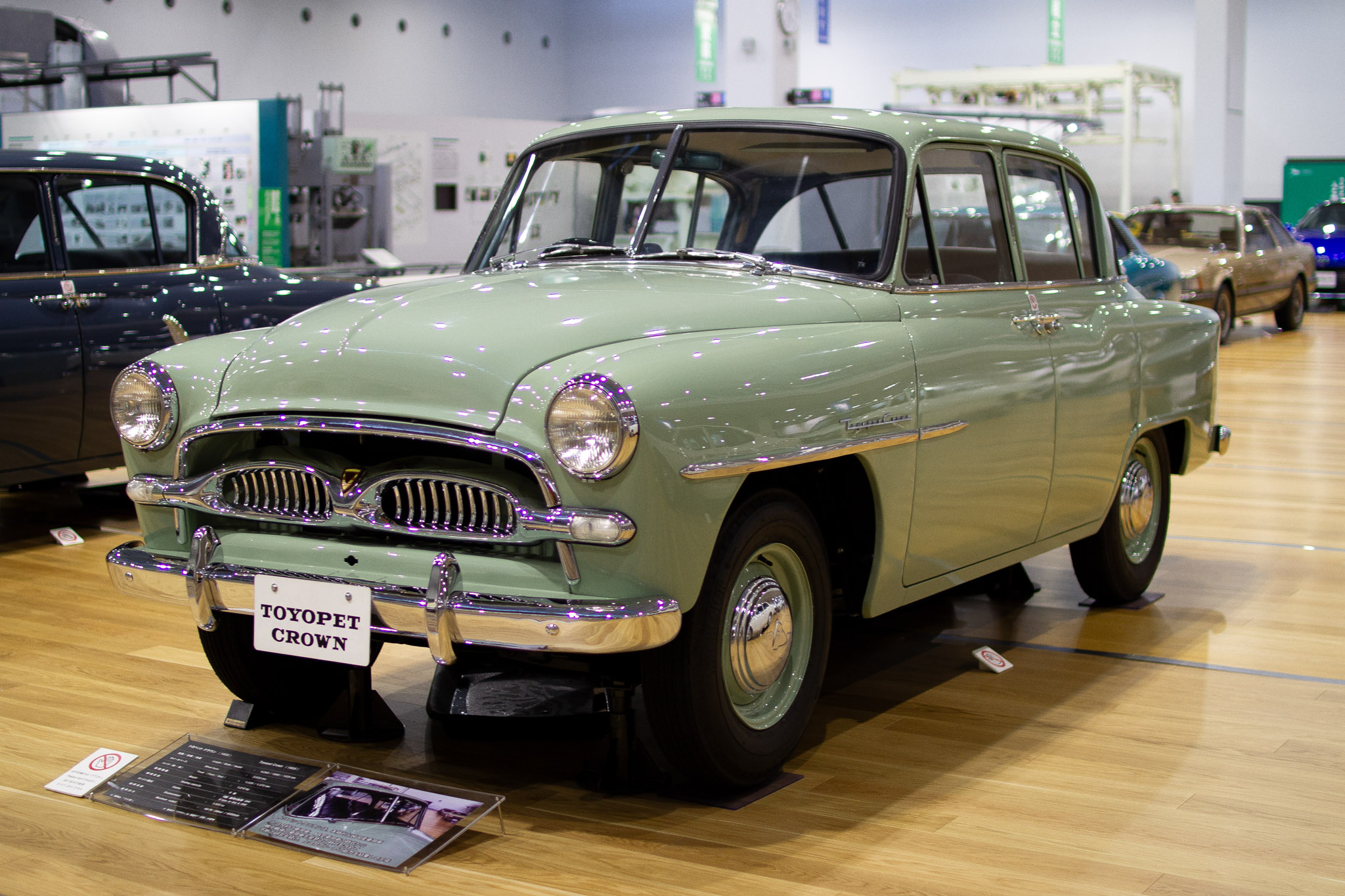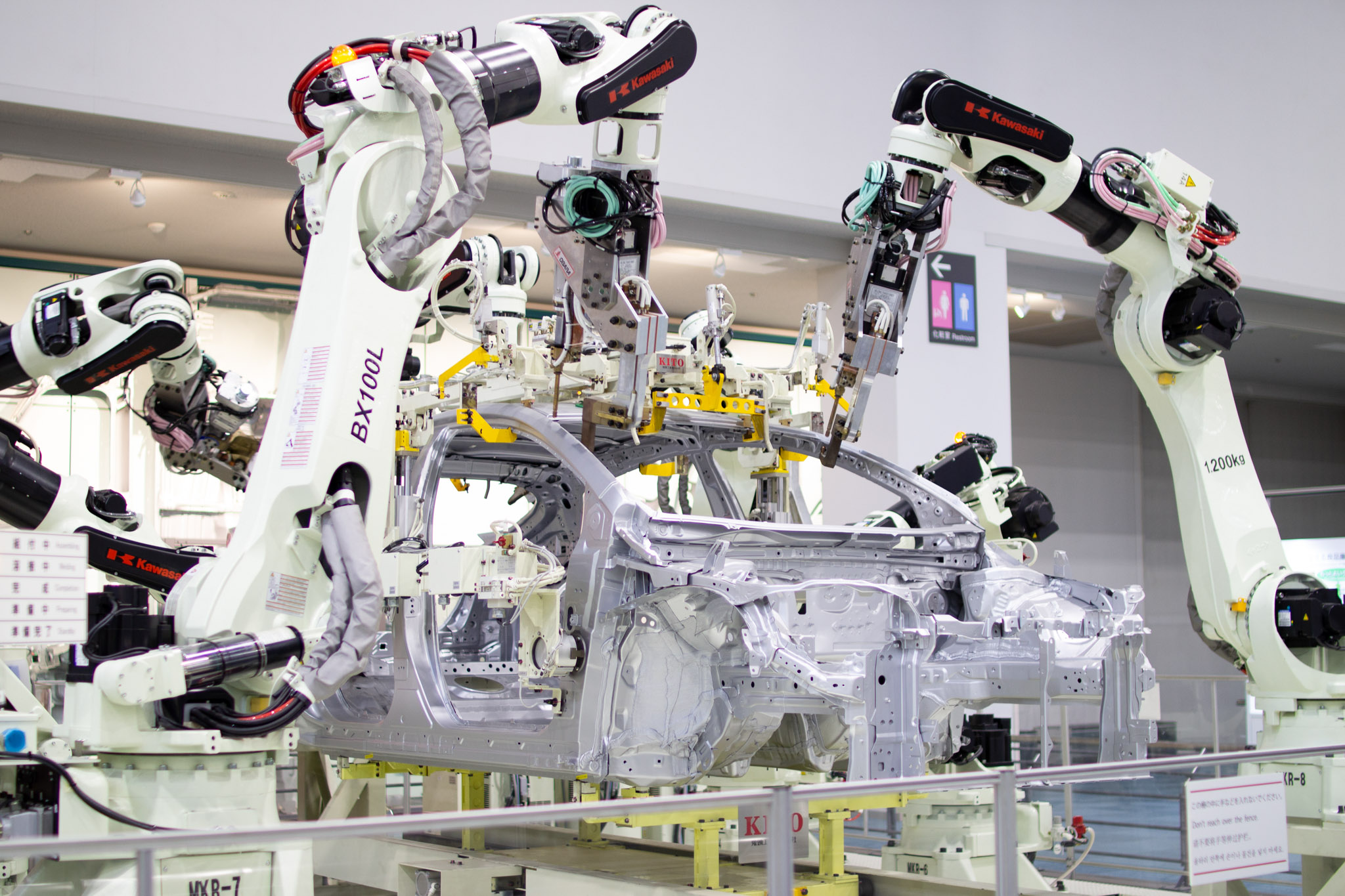ReservationSearch and reserve rooms
Click here to confirm, change or cancel your reservation
Shinkansen accommodation plan
提携法人専用予約
2024.04.30
Learning about manufacturing culture from "Toyota's history"

When traveling abroad, you will almost always see Toyota Motor Corporation. The birthplace of Japan's world-famous automobile industry is here in Aichi Prefecture. When you think of Toyota Motor Corporation, you may have the strong image of its headquarters in Toyota City, Aichi Prefecture, but in fact, Toyota's story as a global company began at a textile factory in Nagoya City, where the Toyota Commemorative Museum of Industry and Technology is located. Both of these are key industries that supported the development of modern Japan, and we visited the Toyota Commemorative Museum of Industry and Technology, a popular place where you can experience the evolution of automobile technology, which continues to develop even today.
The Toyota Commemorative Museum of Industry and Technology, which has a variety of exhibits and experience corners based around the Textile Machinery Pavilion and the Automobile Pavilion, is visited by many foreign tourists. In Aichi, where the culture of manufacturing is deeply rooted, this place conveys the "spirit of research and creativity" and the importance of "manufacturing," making it a must-see spot for getting to know Aichi and Nagoya.
Toyota Motor Corporation started out in a factory in Nagoya, which was involved in the textile industry.

You can observe a demonstration of spinning thread, which was practiced during the Edo period, with accompanying commentary.
At the Textile Machinery Museum, you can observe a demonstration of spinning thread, which was practiced during the Edo period, with accompanying commentary. You can actually see the process of turning cotton into thread, and understand the properties of cotton.
In fact, even now that spinning has been mechanized, the process is still the same, so the basic principles of spinning remain the same. In the Edo period, one person could spin just one thread, but as mechanization progressed, the number of machines one person could operate increased, and the amount of material that could be produced increased - a process that is truly impressive. Spinning machines are full of ingenuity and ideas down to the smallest details, and the inquisitiveness and passion behind them is truly moving.

The "Toyoda Wooden Hand-Powered Loom" is a hand-powered loom invented by Sakichi Toyoda when he was 23 years old.
One of the most eye-catching exhibits in the Textile Machinery Museum is the "Toyota-type Wooden Hand-powered Loom." This hand-powered loom was invented by Sakichi Toyoda, founder of the Toyota Group, at the age of 23. It is an amazing mechanism that uses hands and feet to create cloth with an ingenious design. This loom was the first to receive a patent, and continued to be innovated over the years, contributing significantly to the industrialization of the weaving industry. The exhibit vividly conveys Toyoda's passion for constantly striving for "improvement," as he invented ways to increase the amount of production that one person could make while avoiding the production of defective products.
The inherited "spirit of research and creativity" creates Japan's automobile industry
 Carrying on the spirit of Sakichi, the founder of the Toyota Group, Toyota expanded its scope of operations from the textile industry to the automobile industry.
Carrying on the spirit of Sakichi, the founder of the Toyota Group, Toyota expanded its scope of operations from the textile industry to the automobile industry.
Kiichiro, Sakichi's eldest son and the founder of Toyota Motor Corporation, was confident in casting due to his experience in textile machinery manufacturing, and began full-scale automobile manufacturing in 1933. After repeated prototyping and research, Toyota's first engine was completed, and the first prototype body was actually hand-hammered sheet metal. The first prototype A1 passenger car was completed in 1935, and mass production and sales were established three years later.

Toyota's first truck was also completed, but due to the short time between completion and release, there were many breakdowns. However, every time a breakdown occurred, Kiichiro rushed to the scene to deal with it, which later led to the development of Toyota's "customer first" culture.

Initially, this required skilled craftsmen, but through improvements and innovations, production volume increased. In this corner, life-sized exhibits are displayed to show the evolution of the production process from the 1980s, when the company began developing its own robots, to the present day. You will be overwhelmed by the sheer scale of the exhibits, and your eyes will stop in your tracks as you watch the machines' uniform movements.

Don't miss the souvenirs that will let you take home the memories
 The history of the birth of the Toyota Group, which fostered Japan's manufacturing culture, is very deep, and you can learn about it at your leisure by visiting this memorial museum.
The history of the birth of the Toyota Group, which fostered Japan's manufacturing culture, is very deep, and you can learn about it at your leisure by visiting this memorial museum.
The fabric woven during the demonstration at the Textile Machinery Museum is processed into products such as pouches and sold in the museum shop. They are popular among foreign tourists as they can be purchased in large quantities at reasonable prices.

The most popular souvenir is the "Kurmania Maple Butter Cookies" wrapped in illustrations of Toyota's classic cars. You can learn about Toyota's history and get cute souvenirs at the "Toyota Commemorative Museum of Industry and Technology." I was able to feel the inherited "spirit of research and creation."

Store name: Toyota Commemorative Museum of Industry and Technology
電話番号:052-551-6115
Address: 4-1-35 Noritake Shinmachi, Nishi-ku, Nagoya 451-0051
Access: 3 minutes walk from Sakae Station on the Nagoya Main Line
Official website: https://www.tcmit.org/
* For details on business hours and holidays, please check the link above.




